Characteristics and Maintenance of Playground Wood
Wood is a natural and versatile material that offers beauty and durability, but also requires proper care to maintain its properties and extend its useful life. This document provides a comprehensive guide to the intrinsic characteristics of wood and recommended practices for its maintenance, especially when used in the construction of playgrounds.
From initial maintenance to treating stains, mold and cracks, it is essential to understand how wood reacts to different environmental factors and how to treat these reactions to ensure the safety and longevity of structures. Also addressed are the natural characteristics of the wood, such as knots and discolorations, which do not affect its performance but may require aesthetic attention.
Additionally, some important assembly caveats are highlighted, such as the need to pre-drill small holes to prevent cracks. By following these recommendations, you can ensure that the wood maintains its appearance and functionality, ensuring a safe and pleasant environment for its use.
Each relevant aspect regarding the characteristics and maintenance of wood is detailed below:
01 Maintenance
It is important to plan the first maintenance of the wood before the first winter after assembly. You can only use varnish that is appropriate for children's products; To make sure you choose the right one, consult a professional at the store where you buy the varnish. You can use clear or colored varnish and you can choose the color you like best, but remember that if you paint on colored wood, the final color may differ from what you expect. If you want a color as close to the original as possible, take a piece of wood from your playground to the store where you buy the varnish and compare it. Regarding the painting process, follow the information indicated by the paint manufacturer.
For more information on maintenance, see the warnings section in the product manual.
02 Dark marks and spots
Bluish (sometimes close to black) stains or marks may appear on the wood. They are caused by fungi that feed on the living cells of the sapwood. In principle, blue stains do not negatively affect the mechanical properties of the wood, they only reduce the aesthetics and make impregnation difficult. Items with blue stains should be additionally protected with an antifungal agent for external use or simply repainted with an impregnating agent, this should stop the development of blue stains. If the area of the blue stain is too large (for example, it covers more than 20% of the item surface), please contact us, we will replace such items.
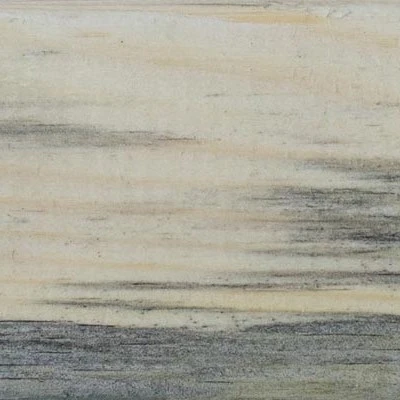
03 Green bloom
The wood may discolor slightly in green or white colors, in the form of stripes, spots or dots of these colors. This is normal, you should not worry. It is a sign of the reaction that occurs between the organic content of the wood and the impregnation used to protect it. The effect is precipitating green or white salt crystals, which over time will "melt" into the structure of the wood or be washed away. If you want to get rid of them right away, you can sand them lightly with high-grade sandpaper.
Attention! To ensure an exact fit, the small holes are not pre-drilled. In the user manual we require the customer to drill them before assembly to avoid cracks.
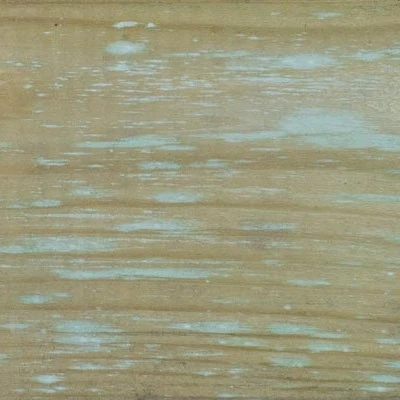
04 Wood core
Sometimes you can see a darker grain in the wood structure, this is the core of the wood (the heartwood, the main part of the wood surrounded by the first grain). It can run the entire length of the wooden element or just a part of it; This results from the uneven structure of the wood (uneven arrangement of the wood grain) and is a completely natural characteristic.
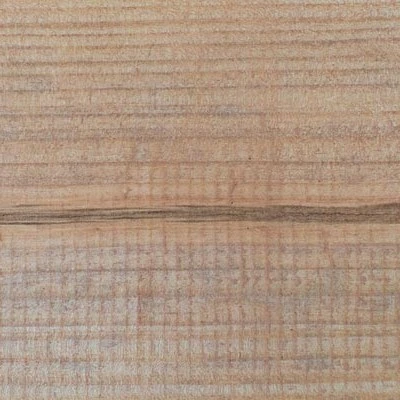
05 Resin pockets, resin
Resin is a natural component in wood. Coniferous wood is characterized by so-called resin pockets. They are often filled with resin and have the shape of an arch or a dark vein. They do not negatively affect the strength and durability of the beams, but there is a risk of resin leakage at the location of such pockets. If you can see the resin, stick a piece of paper to protect it and mark the leak, wait a few days for the resin to dry, then remove the paper and gently scrape off the dried resin (which looks like crystallized honey) without penetrating the structure of the resin. wood.
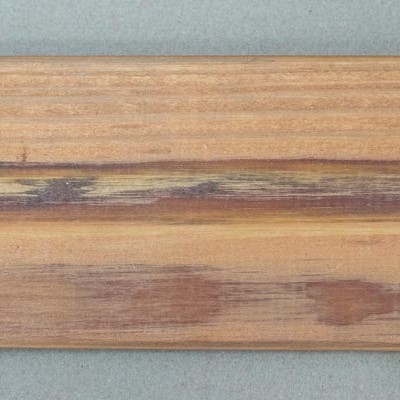
Attention! To ensure an exact fit, the small holes are not pre-drilled. In the user manual we require the customer to drill them before assembly to avoid cracks.
06 Mold
Mold is fungus that is on the surface of wood and is caused by moisture in it. The wood for our playgrounds is dried before being processed, but we cannot avoid the absorption of water from the air or atmospheric precipitation, which can ultimately cause mold. To avoid this, we recommend opening the package with wood as soon as possible and unpacking the wooden elements so that they can gradually "get rid" of excess moisture. It is best to arrange items so that they do not touch each other. Even the slightest space between items will help them dry. However, when mold appears, it is important to detect it as soon as possible and react, simply wipe it with a cloth and dry the place where the mold appears. It is also good to protect this place with an anti-mold agent or impregnation agent, following all safety rules applicable to the use of the agent. Mold, unless advanced, does not deteriorate the quality of the wood.

Attention! If mold is not removed, it can rot over time and cause significant degradation of the wood.
07 Cracks
Wood that is exposed to external factors reacts to changes in humidity. It may shrink when dry or expand in volume when wet. It is a natural process and cannot be prevented. Volume changes generally cause cracks to appear. It is accepted that cracks up to 1/4 of the length or cross section do not change the strength of the wood. Therefore, the wood we use for the production of playgrounds is dried before being processed to minimize the scale of secondary cracks.
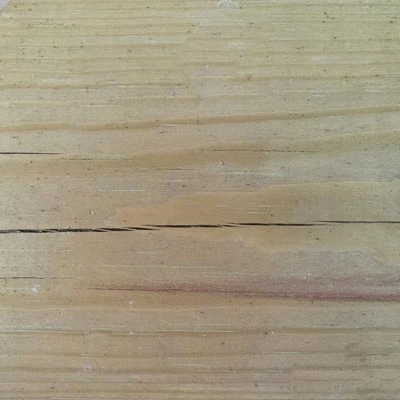
Attention! To ensure an exact fit, the small holes are not pre-drilled. In the user manual we require the customer to drill them before assembly to avoid cracks.
08 Slight losses on the edges
If you notice a loss on the edges or sides of the wooden elements, examine them carefully, we recommend that you carefully check if the defect does not contain sharp edges and if you find them, smooth them with sandpaper. If the loss is significant or raises any concerns, send us a photo – we will contact you and together we will evaluate whether the item requires replacement.
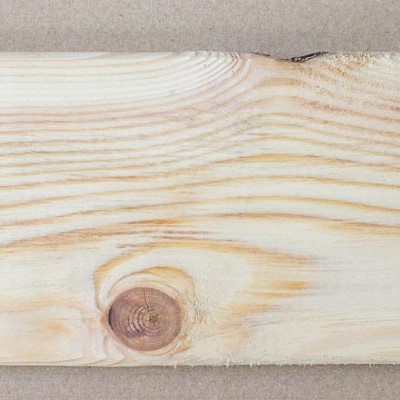
09 Distorted areas near nodes
We try to carefully sand our wood, but sometimes there are places that are difficult to work with, especially around knots. The result is small rough surfaces next to the knot on the side where the wood planing knives passed. This does not affect the durability of the playpen in any way and is not a cause for complaint.
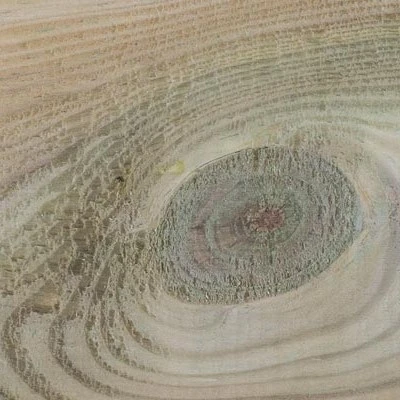
10 Microcracks
Wood is a natural material that reacts to changes in humidity and temperature by expanding and/or contracting. Because of this, small cracks may appear in the wood. They can run in the direction of the length of the elements or in the opposite direction. Basically, they are not a problem for the strength value of the wood nor for the aesthetics, however, we ask, especially if the elements are used in the construction of the floor or barriers of the playground, that you send us a photo of those items. We will take a close look at the crack and evaluate whether it is a real problem for the structure of the product.
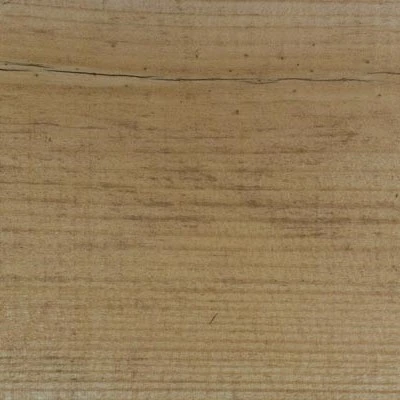
11 Partial discoloration
Our wood is stored in piles, during drying it is placed in special spacers that ensure air flow between the pieces. After being packed into the final package, the wood is tied and arranged in layers, while the pieces on the top of the pallet are exposed to the sun, those on the sides or bottom are not or not completely exposed. These differences in sun exposure can cause partial discoloration of wooden items. They are by no means a defect, and the colors should even out within a few weeks of assembly.
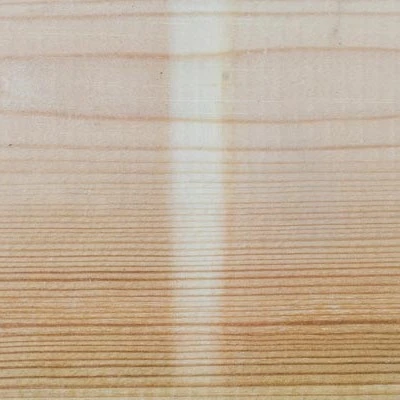
12 Knots
The knot is a natural element of wood created by the remains of dead, fallen or cut branches embedded in the wood. They are not a defect and are an integral and natural part of the wood. Sometimes there are larger knots, they are natural in the wood, because the knots are a remnant of the branches that previously grew there. If they are attached to the wood, stable, not loose, and don't look like they might fall off, don't worry about them. However, if the knot is very large and the wooden element is mounted as a playground floor element, please inform us – we will replace this element for you.
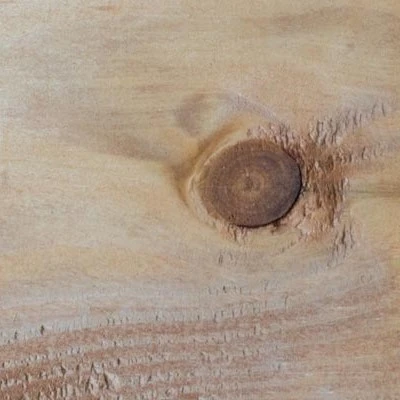
13 Dimension changes
Changes in humidity and temperature cause wood to expand and/or contract. Total deviations should not exceed 25% of the original size, but most of the time they are barely observable. This is one of the many natural characteristics of wood and we cannot prevent it.
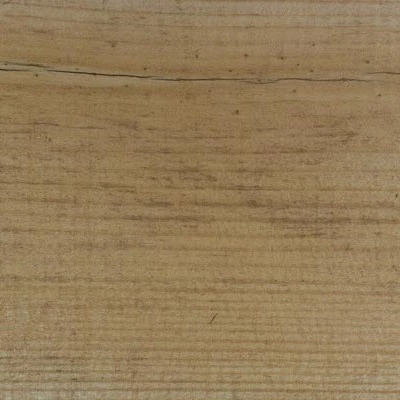
Attention! To ensure an exact fit, the small holes are not pre-drilled. In the user manual we require the customer to drill them before assembly to avoid cracks.
